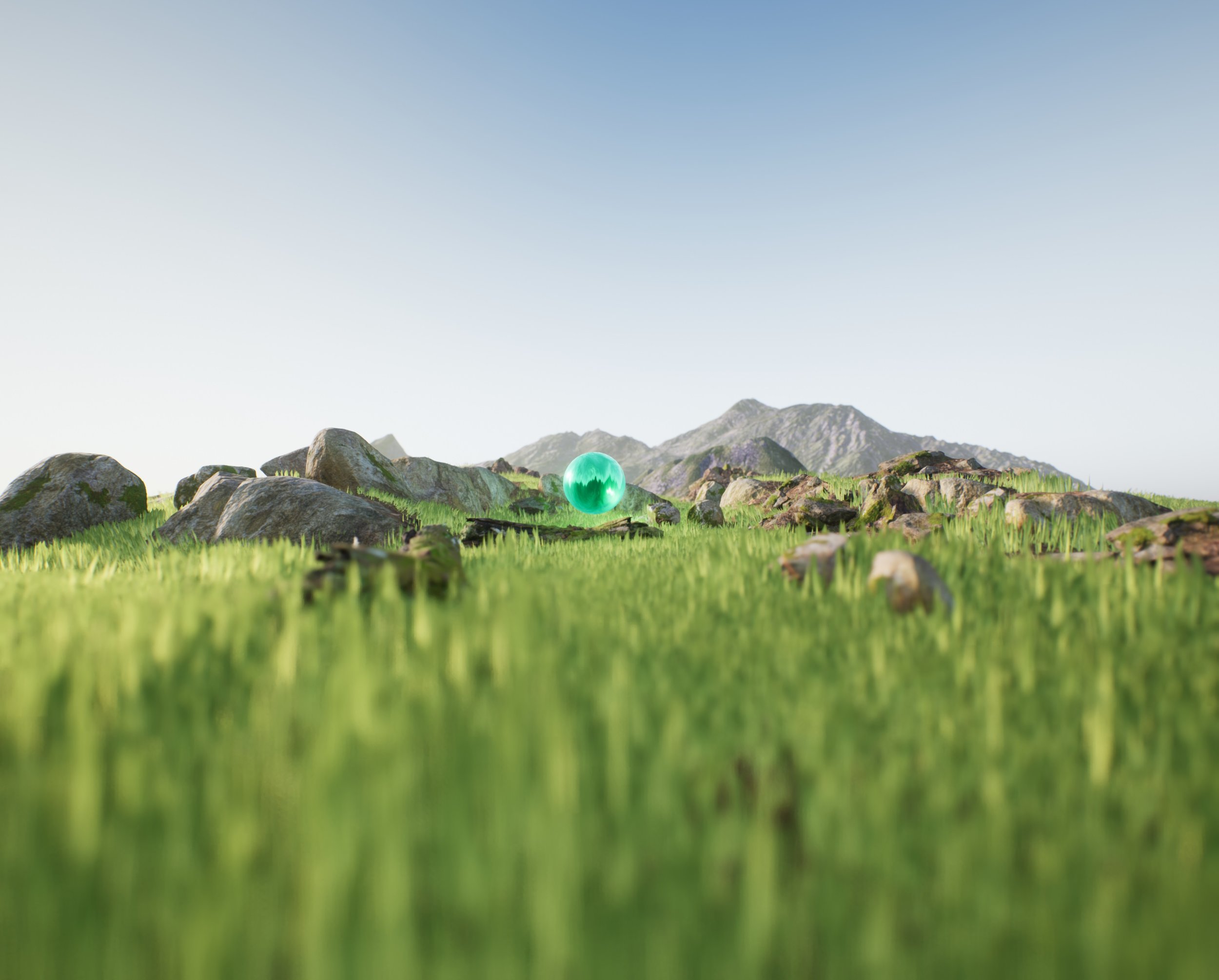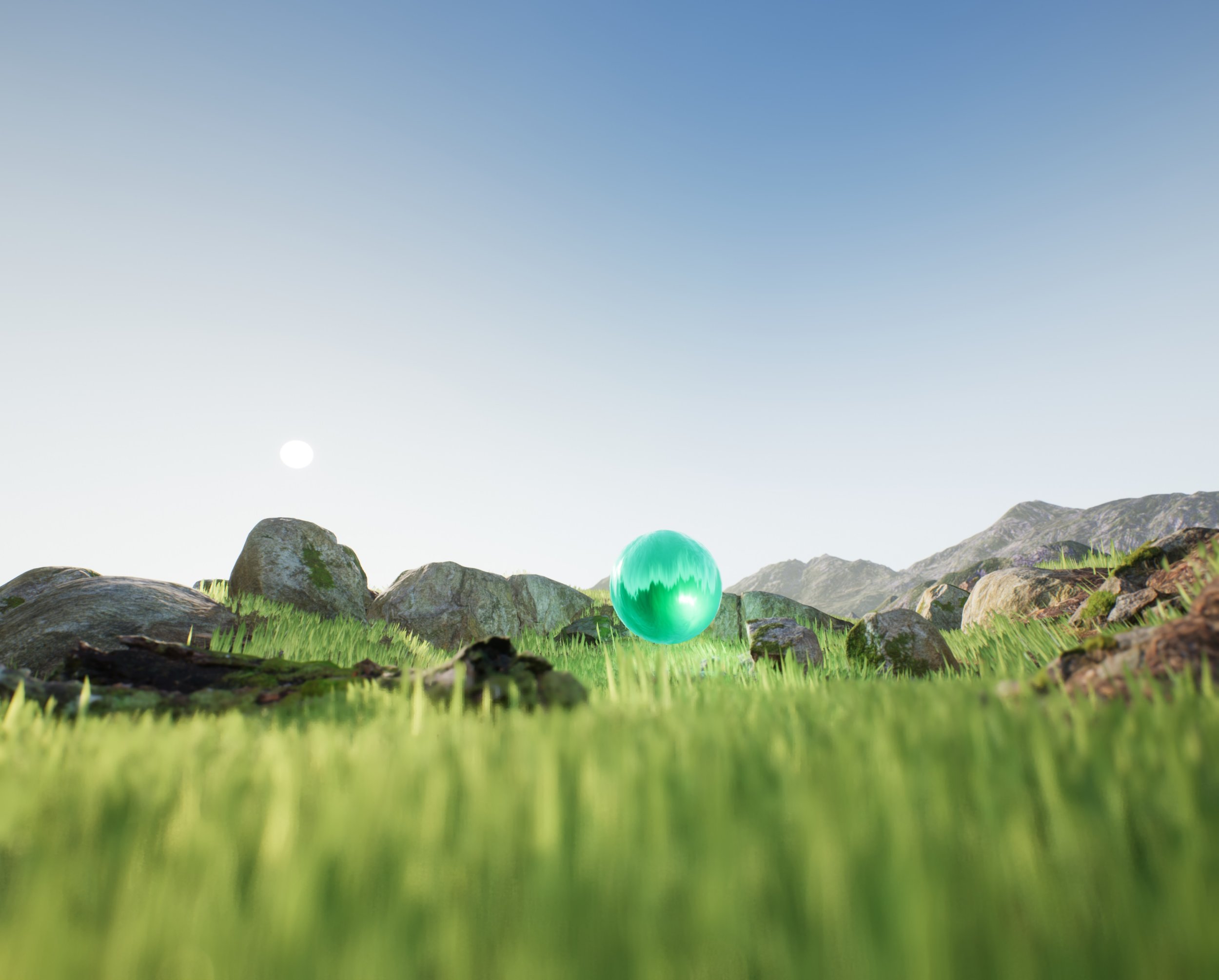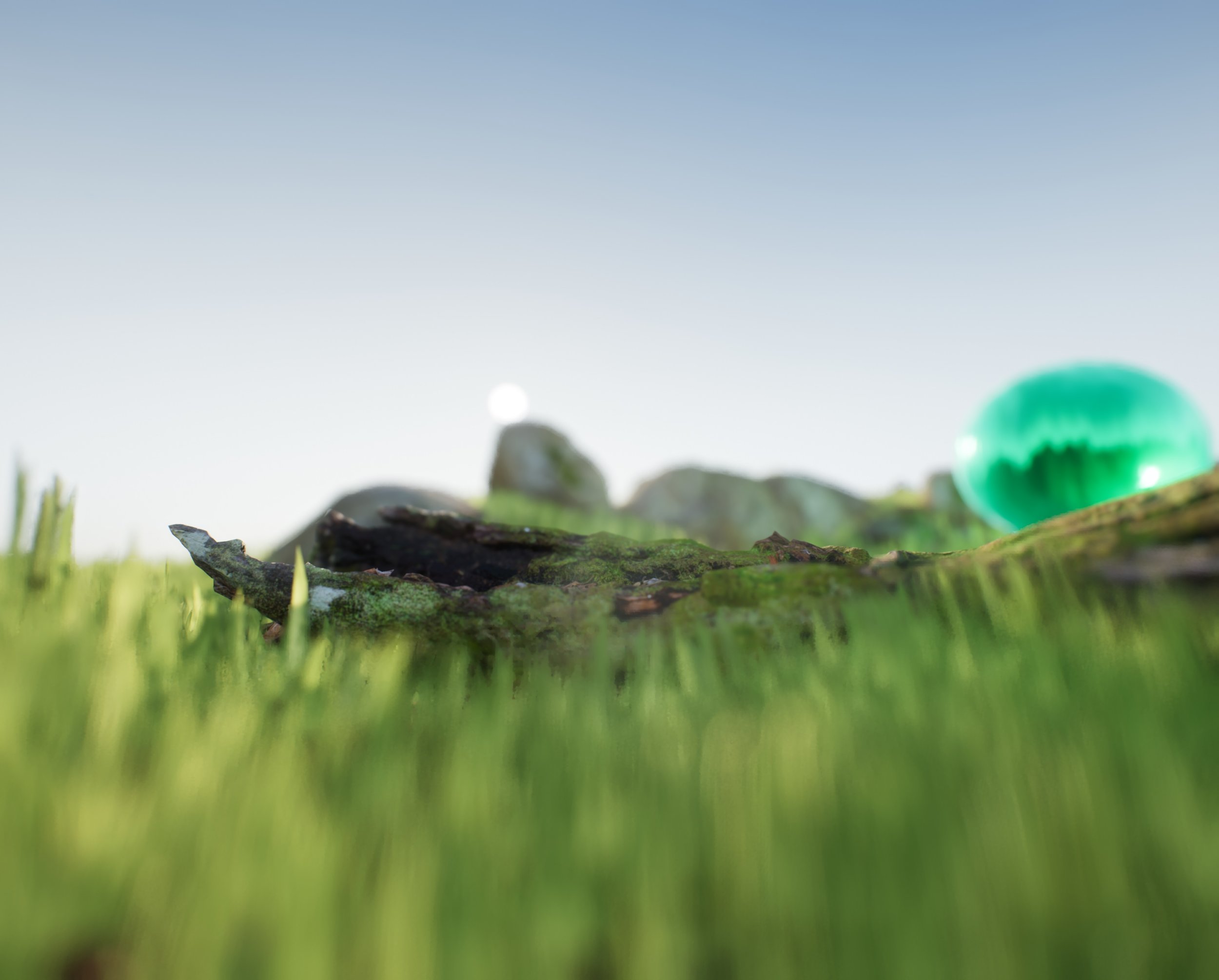Put together a rather neat unified water system in ue4 because basically I’m jealous of cry-engine developers haha. I’ve been replaying the Crysis series, a flawed masterpiece of a trilogy with graphics that still hold up 5 to 12 year later! Crysis 3 introduced some truly impressive interactive water surfaces with what appeared to be very accurate simulation. Going back however, I realized how fake the caustic lighting really is which inspired me to have a stab at it myself. I love pretty games.
Features include:
Infinite, automatically interactive, water plane
Totally not fake caustics sim (reflections + refraction) -
Water ripples affect plant 'physics'
Easy to use, almost no programmer intervention required (soon to be none)
Currently the system works well and looks really good but before it’s ‘game-ready’ I need to add/finish a few more features:
Support for water mesh LOD’s so the shader complexity can be lowered at distance automatically
Support for multiple separate fluid surface per level.
Currently while there’s nothing stopping you adding more than one mesh to the level, I’ll need to add a bit of logic and shader support so that meshes take caustic data from the water body they’re nearest to.
Move logic from blueprint to C++
Obscenely cpu intensive for a graphical feature otherwise
Automatic lighting condition support
Currently because the caustics are just faked based on height data of the surface ripples, if the scene lighting gets changed significantly the caustics will be over/underbright. At it’s simplest I’ll be able to read lighting intensity from a param collection but I’m also thinking about other options such as reading from the skylight or even reflection capture cube maps
100% drag and drop setup
I’d love for this system to be able to be integrated seamlessly into any project with zero implementation work. Drag, drop, scale, and done. That’s the goal and I don’t expect there to be much trouble getting there from where I am now.
So definitely a lot of work ahead but hopefully I’ll be posting back here soon with a finished product. Thinking I might pop it up on the UE marketplace so if that’s something anyone’s in give me shout!





